I’m writing fresh from a relaxing bubble bath. You all know how tough guys like me enjoy a good lavender-scented bubble bath. And I am following this pleasure with a quick supper of home-made yakinori soba and steamed frozen dumplings. It’s time to reflect on this summer and fall, and keep my friends up to date on how I’m doing.
Summer was quite pleasant for me. The pleasantness began with a backyard fish-and-chips dinner with my friends Skye, Natasha, Isaac and Maggie. Good folk, good food, good talk, good times. When I returned homeward, stepping out of the subway at Wellesley Station, the streets of the Church & Wellesley Village were already jam-packed. Pride began the next day, but the crowds were already there, partying… but I headed straight home to feed two cats of notoriously unforgiving temperament.
The next day, after sleeping in, I ventured out on to Church Street. Pride is always a big deal in Toronto. It started in 1982, as a protest against the police raid of gay bath houses that took place the year before, and it grew steadily in size and respectability from then on, attracting many from around and outside the country. But, of course, it was cancelled in 2020 and 2021 because of Covid. I was curious to see if there would be a significant “bounce-back” this year. In the last few years it was on, I had attended Pride merely because it was on my doorstep, with my apartment only half a block from the party area. Crowds and big parties are not really my thing. Over recent years, I have noticed the participants getting steadily older, mostly the same faces, and the music was out of a time warp. It was suffering the same demographic challenge as Science Fiction Fandom. The Village was still getting some refugees from small town oppression, and people from Toronto’s dreary suburbia coming downtown to do a little whoopy, but on the whole, the local community had been getting older and more set in its ways.
Well, I needn’t have worried. This year, the crowd was huge ― like nothing I had ever seen before. The area of Church Street fenced off for concerts, dancing, booths, and food trucks, was fifteen blocks long. It stretched from Bloor to Dundas, a distance of 1.7 kms (somewhat more than a mile). Every inch of this space was crowded with people, and the afternoon crowds at Pride would give way to much bigger ones in the evening. I have no figures, but this seemed to me to be twice as big as any Toronto Pride I’d ever seen. And, to my surprise, the crowd was young. There were far more people in their teens, twenties, and early thirties than I had remembered seeing for many years. And, boy, were they having a good time. Pride has become a kind of universal carnival and celebration of freedom, not something confined to LGBT+. All of Canada’s varied population was represented. Everyone was enjoying themselves, except for about a dozen religious fundamentalists holding up signs at the corner of Carlton street exhorting “repent your sins!” But later in the evening, I recognized one of them, an earnest looking teenager, still in his churchy suit, but dancing with a drag queen and laughing joyfully as if he had just escaped from prison. Freedom is not celebrated with dirges and sour faces. Think of the video for Jon Baptiste’s 2020 single “Freedom” * and you’ll get the idea of the mood that had descended on Toronto.
I didn’t catch the parade on Sunday, which I’m told was gargantuan. For the whole weekend it was non-stop partying, but on Monday, everything was miraculously cleaned up. For such a huge event, I must say that everything was well planned and executed. A vast amount of litter must have been generated over the weekend, but when I came to the epicentre at the corner of Church and Wellesley, there was no sign of it, except for a couple of stray balloons bouncing down the street. I enjoyed a coffee at Church Street Espresso, my favourite spot for that magical beverage, and started to read Barry N. Malzberg’s Herovit’s World. But the book’s peevish tone was not suitable for such a day.** Fortunately, there was a yard sale a few feet from the café, and I bought a copy of Randy Bachman’s Vinyl Tap Stories for the sum of fifty cents. As my coffee diminished in the cup, I read his account of a concert tour that The Guess Who made of Canadian Armed Forces bases across the high arctic. This was in early 1968, when they were known only in Canada for a few singles. Bachman wrote:
We were told to wear our warmest clothes. It was the middle of winter, forty below in Winnipeg, and we were heading north towards the Arctic Circle. I had this cool sheepskin coat that was bulky but warm, and we all wore scarves, toques, mitts, and boots. When we showed up [at the Atlas cargo plane that would carry them] wrapped up in our winter wear these air force guys proceeded to give us even more clothes to put on, telling us “Where you’re going you’ll need these extra clothes.” As big as my feet are, size thirteen with big winter boots on, they put them into another pair of sheepskin-lined boots with galvanized rubber on the outside. With six pounds on each foot, I could barely walk. They then gave us parkas to be worn on top of our parkas. As he was handing me mine, the officer told me, “By the way, the buttons are made of compressed, dehydrated soup, and inside the hood is an aluminum lining. If you take it out, put some snow on it, and place it in the sun, you can heat up the buttons and eat the soup. In your pocket is some sterno and matches to start a fire.” This coat was a walking survival kit. I thought to myself, “What have we gotten ourselves into?!”
This was the perfect thing to read in a sidewalk café on a hot summer day, and nostalgia for anyone familiar with the North.
The next weekend was another kind of celebration, for Friday was Canada Day. This has a different style. Much as with the American Fourth of July, the Canadian First of July is a matter of little neighbourhood festivals, free concerts, family gatherings, picnics in local parks, and fireworks in the evening. There are several good bands that I first heard performing at Canada Day concerts (Moist and Bare Naked Ladies come to mind). So I went out for a stroll in the afternoon, wondering if I would come across some nice little neighbourhood festivity, or some good music in a park.
Not far from my home is Barbara Hall Park, a little patch of grass and patio bricks with a fountain, a monument to AIDS victims built some time in the 1990s, and a children’s playground. It’s a bit sketchy sometimes, but it’s a very popular little park. An astonishing variety of people use it. The poor and the prosperous rub shoulders, and on a single day I’ve seen gay couples sunbathing, old men playing checkers on a bench, an elderly Muslim reading the Quran under a tree, kids practising soccer moves, and a bunch of actors rehearsing scenes from As You Like It. There was no official Canada Day event in such a tiny park, but there was something going on. Three middle-aged men had set up some beverage coolers and a Coleman stove. They were cooking hamburgers and handing them out to people, along with cans of pop. There was no sign identifying any charitable group. There was no indication whatsoever of any “cause” or organization. It was just three regular guys (I recognized one of them) who lived in the neighbourhood, who thought that the winos, lonely old folks and ragged substance victims left in the park while everyone else had gone off to fun in bigger places, were just as worthy of some Canada Day good cheer as anyone else. As I passed, one of them offered me a hamburger. I answered “If these are for people in need, I’m not in need.” He stretched out his arm with a burger in hand and said “Nope, these are for everyone.” And you know what? It was a really good burger. Not some lame thing done on the cheap, but a proper homemade barbecue burger with all the trimmings. I’ve met suburbanites who show undisguised disdain for the inner city neighbourhood I live in, which they never set foot in. Little do they understand what they’re missing.
These two weekends set the tone for the summer, as far as my mood was concerned. I spent my spare time, when not working at the computer, walking around and enjoying my neighbourhood. I am still recovering from cancer treatment, with only a fraction of my previous energy and stamina, so I’m in no position to run off to some jungle, desert, or polar wilderness for boyish adventures or breathtaking scenery. So, for the moment, walking in wooded ravines and poking around Toronto’s neighbourhoods will have to suffice. This is more interesting than it sounds, as Toronto is undergoing a building and population boom beyond anything it has experienced before. Not just the phalanxes of new skyscrapers, but construction at every level. Tons of new and newly repaired infrastructure, much of it influenced by the “New Urbanism” and “Strong Cities” movements. Neighbourhoods I last visited just a few years ago have completely transformed. The pandemic has had absolutely no effect on the sea of construction cranes and frenzy of building, except to convince people that they really like outdoor dining patios and want to keep a lot of the ones built for Covid. They have made the streets far more agreeable. Everywhere, people are putting more effort into their house gardens, and flowers are sprouting in front of commercial and apartment buildings that never had them before. The city is now engaged in a neck-and-neck battle with Chicago, having surpassed it in economic clout, but not yet in skyline or urban mystique. Toronto’s lakefront is still not the equal of the Windy City’s spectacular Lake Michigan shore. But a flock of supertalls under construction, and huge rebuilding at the mouth of the Don River, including a re-channeling of the river and new park lands, are expected to clinch the competition soon. While Toronto is an extreme example, there seems to be metamorphosis of this sort occurring in dozens of North American cities. I don’t think I would recognize most of the cities I used to know well, if I visited them now.
But the central social problem of Toronto is only made worse by this frenetic growth. As with other boom cities, such as Seattle, San Francisco and Vancouver, rents are far too high. The building boom can’t keep up with the influx of newcomers, who need to be housed, but archaic zoning laws squeeze development into narrow segments of the city. I live on the edge of one of these segments. Here is my apartment building, the middle of a set of three walkups built a hundred years ago:
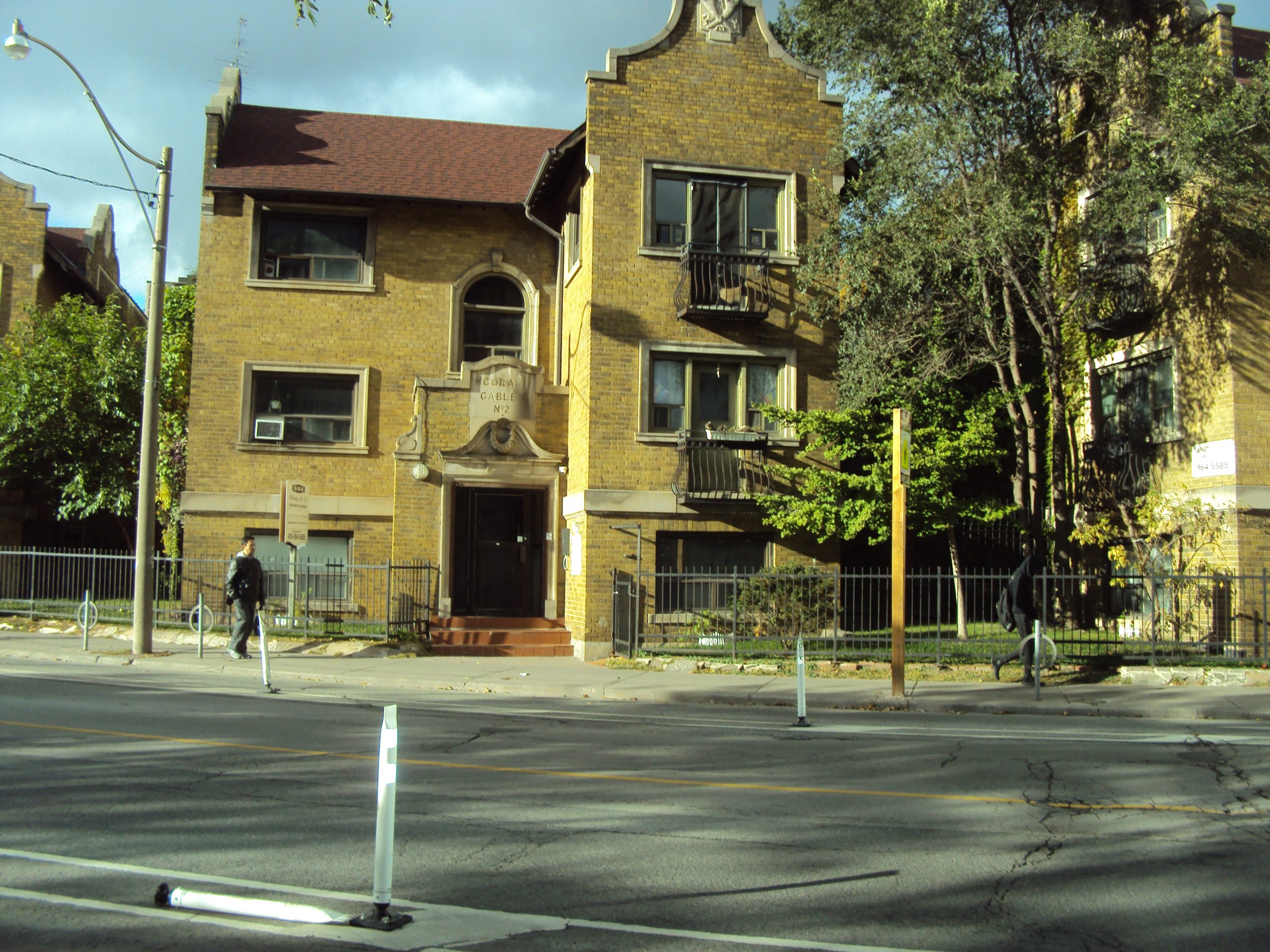 Next door is a 44-story building and there’s a taller one across the street. Here is a picture of my street three blocks to the west of me:
Next door is a 44-story building and there’s a taller one across the street. Here is a picture of my street three blocks to the west of me:
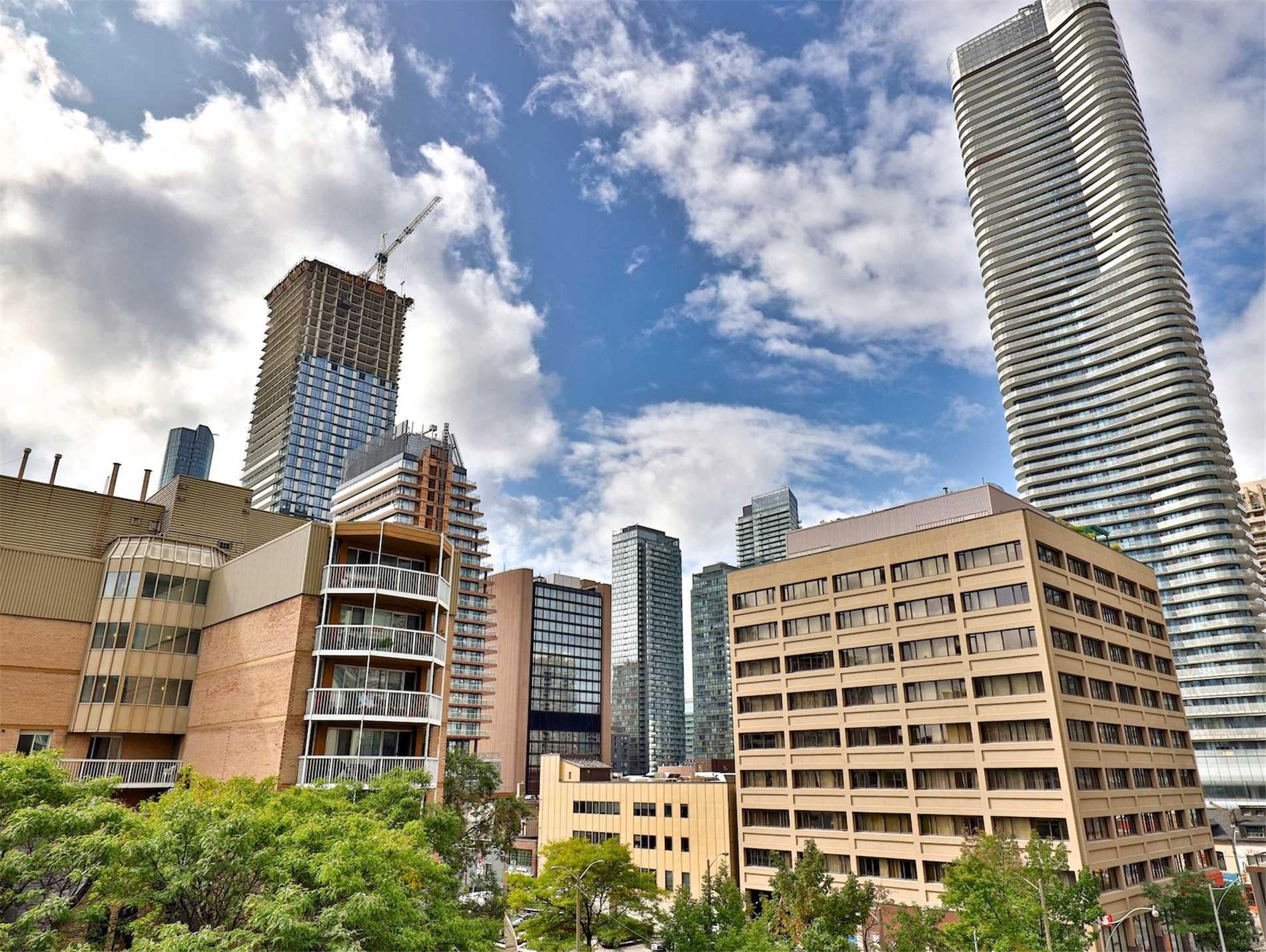 And here is the same street four blocks to the east of me:
And here is the same street four blocks to the east of me:
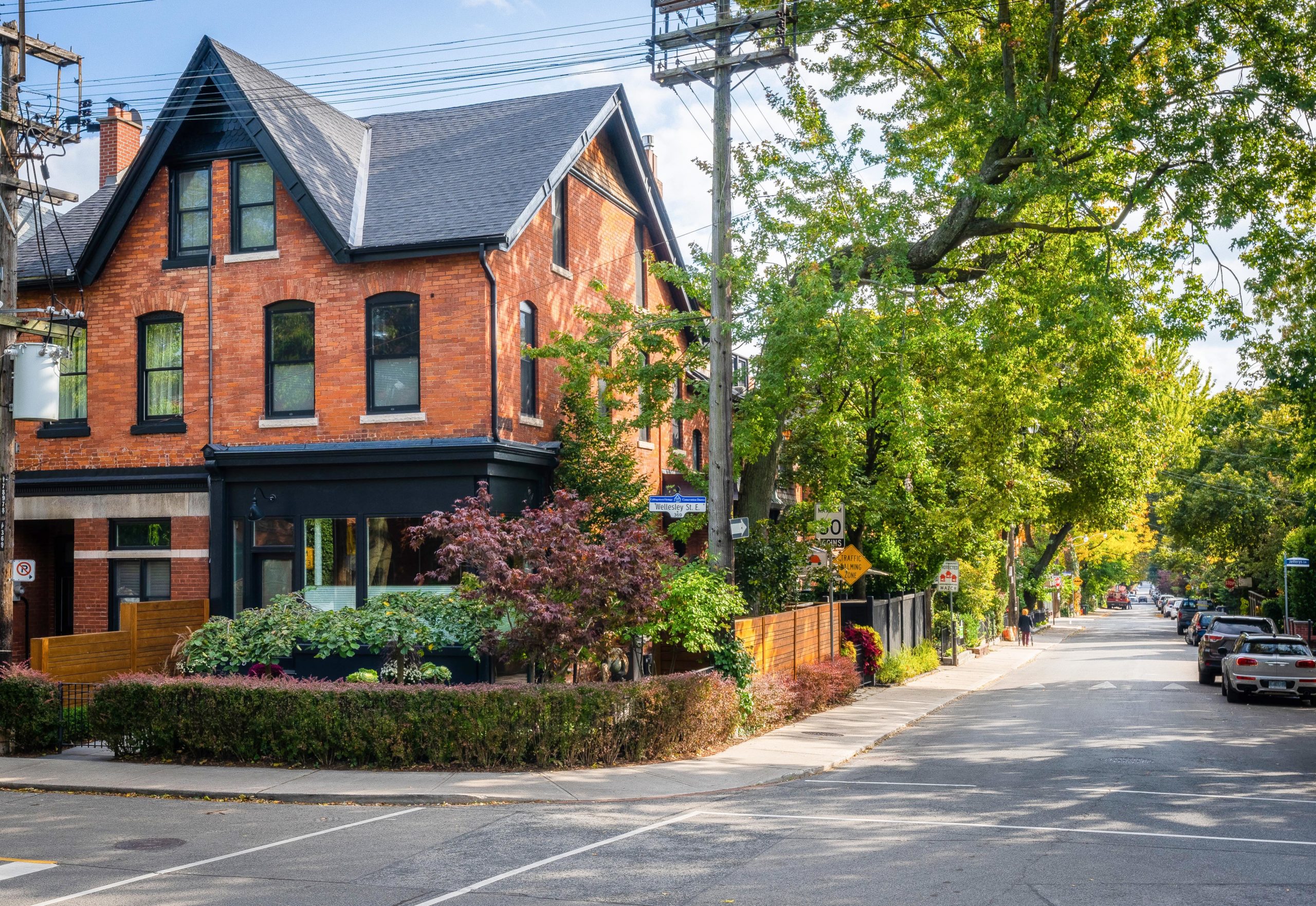 I try to walk some distance every day, something necessary for recovering strength from my treatment. Each time I step out the door, I must decide to walk either to the east or west, each of which opens a different world, and has a different set of options for north and south. But familiar as everything is to me, I don’t have to go far before finding something unfamiliar that has popped up when I wasn’t paying attention. On one perambulation, I discovered that underneath the elevated section of Eastern Avenue, just before it crosses the Don River, where I hadn’t looked for years, there is now a set of basketball courts and a rather good skatepark, and all the concrete pillars and walls have quite beautiful mural art on them. It’s full of kids. Yet it gives no impression of being “official.” Rather it seems to be something that just grew there, like a mushroom sprouting on your lawn after a warm rain.
I try to walk some distance every day, something necessary for recovering strength from my treatment. Each time I step out the door, I must decide to walk either to the east or west, each of which opens a different world, and has a different set of options for north and south. But familiar as everything is to me, I don’t have to go far before finding something unfamiliar that has popped up when I wasn’t paying attention. On one perambulation, I discovered that underneath the elevated section of Eastern Avenue, just before it crosses the Don River, where I hadn’t looked for years, there is now a set of basketball courts and a rather good skatepark, and all the concrete pillars and walls have quite beautiful mural art on them. It’s full of kids. Yet it gives no impression of being “official.” Rather it seems to be something that just grew there, like a mushroom sprouting on your lawn after a warm rain.
So I had this pleasant summer and fall, walking daily, gaining strength and health, while exploring interesting corners of the city. The air was fresh, a million flowers pleased the eye and nose, and every apple turnover, samosa, sashimi and slice of pizza picked up along the way was sublime. A combo playing decent R & B on Parliament Street filled me with joy, and an old man playing a sweet-sad tune on his 二胡 in Riverdale park, filled me with calm. The cow pastured in the children’s “farm” [a sweet feature of the park] listened intently, too.
And yet, the March of Folly continues in the background. The Forces of Darkness, manifest in the belligerent and decrepit empires of Putin and Chairman Xi, the authoritarian movements around various smaller dictators and would-be dictators, barbaric movements of religious fanaticism, the antics of ruthless and egotistic billionaires, and the treasonous and morally corrupt Republican Party in our neighbour to the south. Even Canada has it’s portion of creeps, though they have not found much support.
Putin’s imperialism has put the world on the edge of nuclear annihilation, and even if he is bluffing, may trigger famines killing millions. The giant fraud of Xi’s Communist China is unravelling before our eyes. Everywhere, the most idiotic kinds of crackpot lunacy are snatching the minds of otherwise normal people. With superstition rampant, science and reason ignored, education being corrupted and destroyed, professional liars and propagandists deploying new and effective techniques, mobs of deluded morons attempting to overthrow democracy where it exists, and millions of nitwits now literally convinced that the Earth is flat or that our main problem is demons and alien lizards, it’s bizarre for me to feel so content and optimistic. But I am. In fact, I’ve never been so content and optimistic during the whole of my life.
It’s easy to come to the conclusion that we will either be fried to death by nuclear weapons, or slowly barbecued by the global warming we have brought on ourselves, or subjected to some infantile theocratic dictatorship that will enslave us while screaming sermons at us. Back in 1951, the precocious young science fiction writer Cyril Kornbluth wrote a story called The Marching Morons, which explored human gullibility and stupidity with deft satire. It was blatantly plagiarized in the 2006 film Idiocracy. Kornbluth, a fine stylist and brilliant satirist, died absurdly and shockingly at the age of 34, in 1958. He was probably most famous for his collaborative novels with Frederik Pohl, including an acknowledged classic,The Space Merchants. Unlike Kornbluth, Pohl lived a long and productive life, writing successfully until his death in 2019. When I spoke to him in 2003, he was still mourning Kornbluth. As for me, I read The Marching Morons when I was kid, and the title has routinely popped into my head whenever I’ve witnessed some face-palm inducing stupidity of humankind. I don’t think a day has passed since 2016 when the words “marching morons” haven’t been in my thoughts.
Yet, I also have the perspective of history, counting myself a minor success in that discipline. Another writer approached it a different way. Hemann Melville wrote a couple of successful novels in his youth, but rapidly slipped into obscurity. When he wrote Moby Dick in 1851, it sold only a handful of copies. Its status as an icon of American literature dates only from the 1920s. But even when it was acknowledged that Melville was a great writer, few people “got” his last novel, The Confidence-Man, His Masquerade, published on April Fool’s Day in 1857 with its action set on that very day. It’s only recently that this strange novel has elicited anything more than head-scratching, or at best been dismissed as a “failed experiment.” Now there are at least some who consider it a work of genius. I read it when I was very young, and there was at the time no incentive to read it even among the most literary people. I don’t know if I understood it on the first reading. The language is difficult for a modern reader — it reproduces very old colloquial speech among Americans of a variety of regions and status, and that speech is now quite difficult to interpret. It has no visible plot. It doesn’t even remotely resemble what was considered a “novel” either in 1857 or today. But scenes in it floated in my memory throughout my life, and I now think that it had a pervasive influence on my interests, my attitudes, and my approach to life. I also think it would be hard to find a more immediately relevant piece of 19th century fiction.
The Confidence-Man was written a decade after the term was coined. The original “confidence man” was one Samuel Thompson, whose oddly direct technique for parting the gullible from their property gave us the name “confidence man,” now usually just “con-man.” From this origin, we now refer to any swindle as a “con.” Thompson would dress like a “gentleman” — something strictly codified in 19th century society, even in America. He would approach people, who he knew would be carrying an expensive pocket watch, or a diamond bracelet, or a well-stocked wallet, and ask them: “Do you have sufficient confidence in me to trust me with your watch [or other item] for a few minutes, after which I will return it to you?” It was all in the style. He was a Gentleman. You could have confidence in the honesty of a Gentleman. A surprising number of people would give him their valuable property, and he would just walk away with it, disappearing into a crowd. He had merely to choose a place and time where the victim, slow to realize what had happened, could not easily pursue him. In his novel, Melville explored the many different things that people choose to have confidence in, and the many ways that their confidence is exploited. It is set on a Mississippi steamboat, with a variety of characters meeting and talking to each other over the course of April Fool’s Day. The novel is strangely dreamlike, comical, revealing the weaknesses of humanity, and yet it does not come across as cynical. It merely observes human nature like we would observe the behaviour of mice or lobsters.
If you think that human gullibility has diminished since then remember these things — Item: Trump, a notoriously fraudulent property developer and “reality show” performer, descended an escalator in front of a crowd of actors that he had hired to stand around and cheer. Trump had previously conned a variety of newspapers, magazines, public officials, banks, and corporations into believing he was a genius and multi-billionaire, though in fact, he had merely squandered a medium-sized fortune he had inherited and then been propped up financially by Vladimir Putin. He had long been an “asset” of Moscow, beginning in the old Soviet days. Seventeen months after the escalator stunt he was elected to the most powerful public office in the world, and was in charge of America and 2,821 nuclear weapons. A cult of millions has not only been whipped into idolatrous devotion for him, but some have progressed in stages from political support to believing that he is anointed by God to rule America. Among the most fanatical, he is even seen as a reincarnate avatar of Jesus.
Item: Just recently, a young man named Samuel Bankman-Fried walked away with several billion dollars given to him by gullible investors, including many reputable financial institutions. Regrettably, the Ontario Teachers’ Federation Pension Plan invested a hundred million. One of the scheme’s promoters was a Kevin O’Leary, who had briefly been the front-runner for leadership of Canada’s Conservative Party. Journalists, bankers, investors, and politicians in great numbers were convinced by Bankman-Fried’s transparently stupid bitcoin scam. A few wiser heads pointed out that he was basically selling magic beans, but were ignored. Bankman-Fried carefully crafted his image, dressing and talking like a young genius-nerd entrepreneur who “just wants to make the world better” and talked about “not being interested in money” and “living simply” while in reality he lived in a luxurious mansion in the Bahamas with his “polyamorous” pals. This month, as the ponzi scheme collapsed, he publicly boasted that this pose was merely a “dumb game” he played to reel in the suckers. Billions have “mysteriously” disappeared, and he no doubt has access to much of this errant cash.
Item: Meanwhile, in Moscow, Vladimir Putin pursues his Destiny as the embodiment of the Russian Soul, predestined to defeat Evil America and Evil Europe, and urges the youth of Russia to sacrifice their lives for him, while the Russian Orthodox Church assures them that they will have automatic entry into heaven.
Think of these items, and ponder the fact that there is absolutely nothing unusual, surprising, or unpredictable about them. They are mere random examples of behaviour in high places. And they differ from events in low places only in the fact that they are more visible and recorded by history. At every moment there is somebody selling magical cures for diseases, or terrorizing innocent children with hellfire for imaginary sins, or peddling Q‑anon garbage while raking in millions on lecture circuits and talk shows. At every moment, some elderly man or woman is losing their retirement check to some smooth-talking operator. At every moment, some self-declared Messiah is telling well-crafted lies, either to dozens or to millions. At every moment, some child is starving to death to buy a yacht for a monster.
And yet, I am not a cynic. Cynicism is, I think, just another pose, like the “gentleman” and the “leader anointed by God” and the “genius entrepreneur” poses. I cannot walk through the tree-filled streets of Toronto, looking at it’s frantic squirrels, at racoons scampering from tree limb to rooftop, at patient mothers minding their toddlers at the kiddy splash pool, then chat with the friendly lady who sells me coffee and begniets at the Congo Café, and afterward sit down at the computer to write, imposturing as a cynic. True, I understand that I am not a young woman with a newborn baby huddling in a basement in Ukraine, praying that the next strike of Putin’s missiles will not end both their lives. I understand that I am not a young Uighur in one of Xi’s prison camps, facing the prospect of torture or brainwashing, or both. I understand that I am not an eleven-year-old girl in a hospital bed, going through the agonies of terminal leukemia. But I’ve seen a few things. I understand that people suffer. They may despair, but those people, I can assure you, are not cynics. Cynics pontificate their cynicism from comfortable armchairs.
Which is why it’s good to get little reminders of discomfort, when things are, as they have been for me, very pleasant. As Summer shifted into Fall, I was walking on a street quite near to home. The sidewalk was perfectly clean and dry, with no irregularities or obstacles, but I suddenly found myself slammed to the ground in a fraction of a second. My face was mashed against the concrete sidewalk, my hand somehow crushed on the curb beneath the weight of my body, shins and knees banged up and the breath knocked out of my chest. It happened without any sensation of tripping or slipping on anything — I was just walking, and then was abruptly squashed on the pavement as if it was a clumsy cut in a film. Passersby helped me up. I felt no dizziness or any indication of a fracture or concussion. I proceeded to the supermarket unconcerned, only to be informed by the checkout clerk that my face was bleeding from the forehead and right cheekbone. By the time I was home, my face was starting to turn yellow and purple, and two fingers on the right hand were looking even worse. By the next day, I looked like I had just stumbled out of a bar fight in Yellowknife.*** For two weeks, my chest was painful enough make sleep difficult in any position, and typing at the computer was one-handed. I popped in for some X‑rays, but they revealed no broken bones, other than old fractures from more adventurous times. All the damage quickly healed.
As Fall came on, and the weather forecast identified the last nice day of the year, I left the city to try a more ambitious walk. I have not been in the nearby city of Hamilton for decades, so I was curious to see what it looked like now. And, with its impressive cliff-face, extensive marshlands, and giant rusting steel mills, it seemed a good possibility for a change of mood and some interesting walking. It was easy and cheap to get there by the GO commuter train.
I was not disappointed. I spent the whole day walking around. Right near the railway station, where I arrived, was James Street, clearly the hippest street in the city, with a mixture of trendy clubs and upscale shops mixed in with old Portuguese fish markets and immigrant businesses, all in old buildings that have been cleaned up or restored. Some of the buildings are really fine, and despite the newer money and tenants, it has not betrayed its roots as an old Portuguese and Italian working class district.
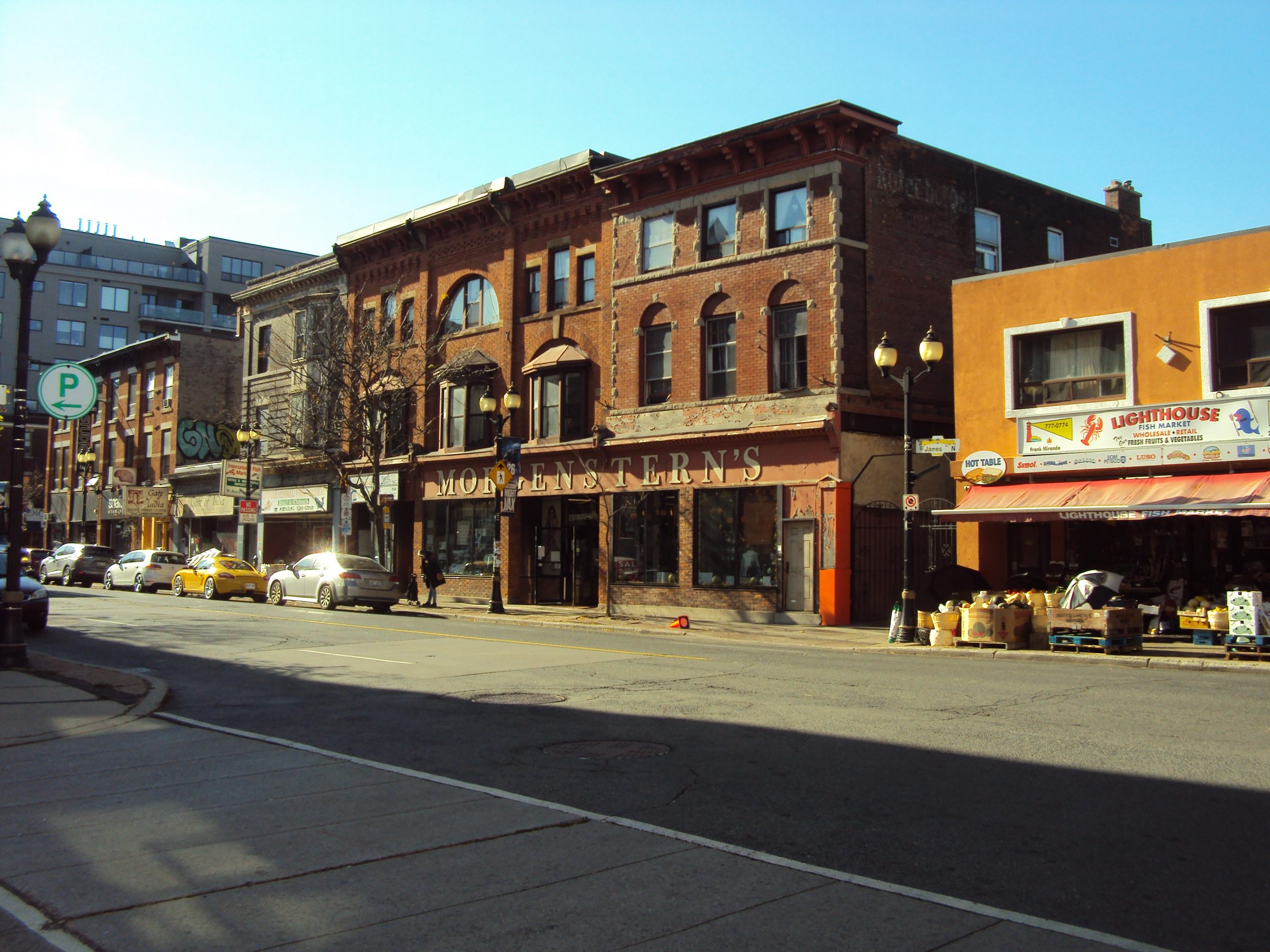
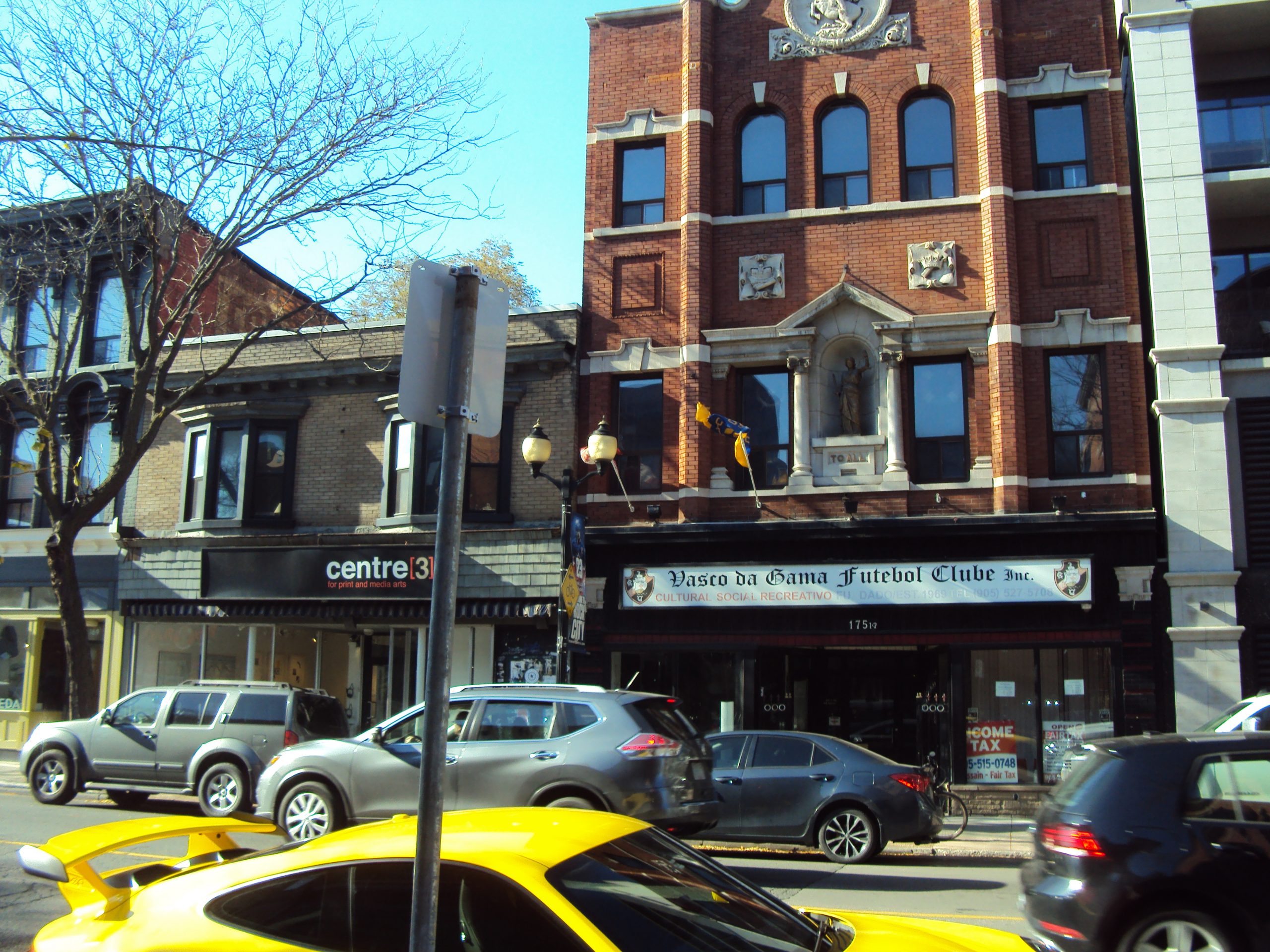 Following this street led me straight downtown. Hamilton has a few largish office buildings, some of them old and charming. Most distinctive is the Pigott Building, built in 1929 in the Skyscraper Gothic style with some touches of Art Deco ― the sort of building that Superman would leap over in the oldest comics, before he could actually fly.
Following this street led me straight downtown. Hamilton has a few largish office buildings, some of them old and charming. Most distinctive is the Pigott Building, built in 1929 in the Skyscraper Gothic style with some touches of Art Deco ― the sort of building that Superman would leap over in the oldest comics, before he could actually fly.
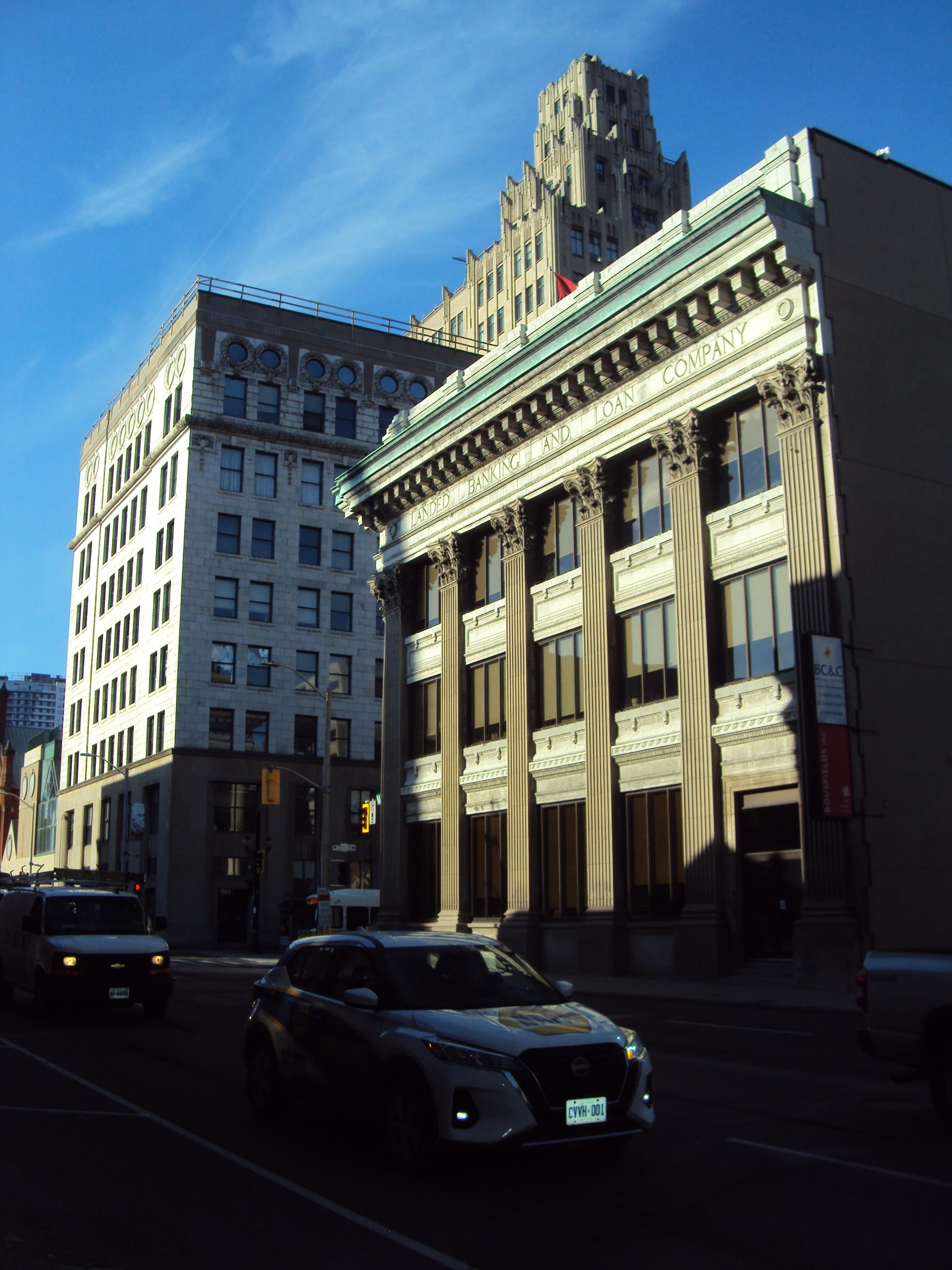
Hamilton’s pre-WW2 glory. The Pigott building’s spire is visible behind two other buildings of the era.
From the 1940’s to the early 1970’s, the city was dominated by its two homegrown steel manufacturers, Dofasco and Stelco, which in their heydays had the continent’s most advanced mills. During the 1950’s, Hamilton was the wealthiest city in Canada, and that wealth was expressed in it’s 1950’s style suburbs — as well as 1950’s style pollution. It’s long been known as a blue-collar town, and has the peculiarity unique in Canada of being a Football Town rather than a Hockey Town. The Hamilton Tiger Cats (the “ti-cats”) are rooted for with gusto. When the steel industry went into decline in the 1990s, Hamilton drifted into limbo for a few decades. Some young professionals have been moving there lately, lured by lower housing prices, and because McMaster University has been blossoming, especially in medicine and nuclear physics. But the frenetic recent growth of Toronto and it’s suburbs has not yet reached it. Burlington, just a few miles to the east, is clearly a Toronto suburb, with all the 2022 trimmings, but walking through most of Hamilton is a form of time travel. It looks and feels like two generations ago, with only a few timid hints of this one. It’s only a short walk from the downtown office core to residential streets dotted with empty lots and old two-story brick storefronts with faded painted signs.
To celebrate this Twilight Zone experience, I bought dinner at a Chinese take-out place that must have been there for a century. I could not resist what it had to offer: the old “Chinese-Canadian” food that once could be found at every railway stop across Canada, consisting of chop suey, fried rice, barbecued wings and battered chicken balls coated in a glowing pink sauce that looked radioactive. Such things never existed in China, but once they finished building the railway across Canada, Chinese workers spread this improvised cuisine to every corner of the country, much as they did in the U.S. You would be hard-pressed to find this old stuff in Toronto, where the delicacies of Sichuan, Hunan and Shantung are the norm, and people earnestly debate the authenticity of Mongolian hot pots. Of course, this satisfying feast came with a fortune cookie, which was terse and general on the English side, but curiously particular on the French side.
When I got home, rather tired because I had not done so much uninterrupted walking since before the cancer diagnosis, I found myself back in my comfort zone. The two cats forgave me for locking them in for an entire day. They slept contentedly at either side of me, and I too fell asleep. In the night, I was wakened by a loud crashing sound. I rose and walked around the apartment, looking for something that could have caused it, but found nothing. Assuming that it must have been a dream, I went back to sleep. When I woke up, I went to the kitchen to make some coffee, which would taste best in my favourite blue coffee cup. What I did not know was that the “dream” sound had been real. Inside the kitchen cabinet, the plastic studs that had been holding up the shelves for some unknown number of decades had slowly aged into brittleness, and in a suicidal moment, had disintegrated. The top shelf collapsed, creating a cascade effect on the shelves below. The cabinet was stuffed with dishes of every sort. When I opened the door, an avalanche of dishes poured down upon me, smashing against the fridge, the counter, the stove, and my mostly naked body. In the sudden tornado of broken crockery, I received a dozen cuts, two of them deep gashes. I spent a long, unpleasant time treating the cuts and cleaning up the chaos of broken glass, porcelain and spattered blood. The music necessary for this task was alternating tracks of Prokofiev, Turkuaz and Steely Dan. I’m not saying this was fun, but I could reflect that my archaeologist friends do this every day for a living. As with before, all the injuries rapidly healed, though one will probably leave a long-term scar.
Clearly, the Gods are pursuing a “let’s play tricks on Phil” agenda (I’m looking at you, Loki, Raven, Coyote, Anansi, Nanabozho, Gwydion, and an assortment of leprechauns).
And yet, I am still not a cynic.
* https://www.youtube.com/watch?v=3YHVC1DcHmo
** I finished it later on, in a more tolerant mood.
*** Yellowknife [Dogrib name: Sǫǫ̀mbak’è] is the capital of the Northwest Territory of Canada. Population 20,340. Record low temperature, −51.2 °C / −60.2 °F. See any honest account of this town for many lurid descriptions of bar fights.
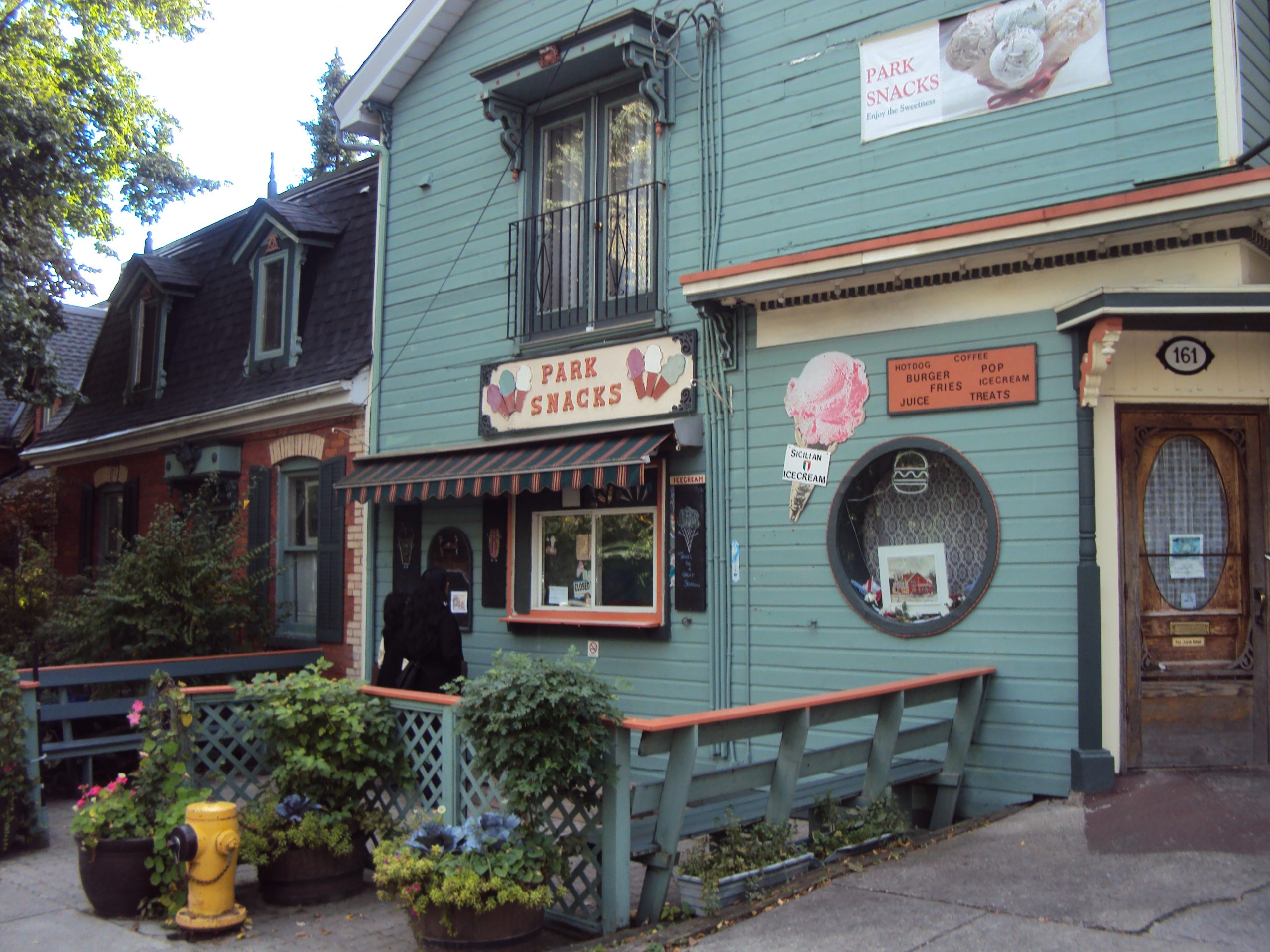
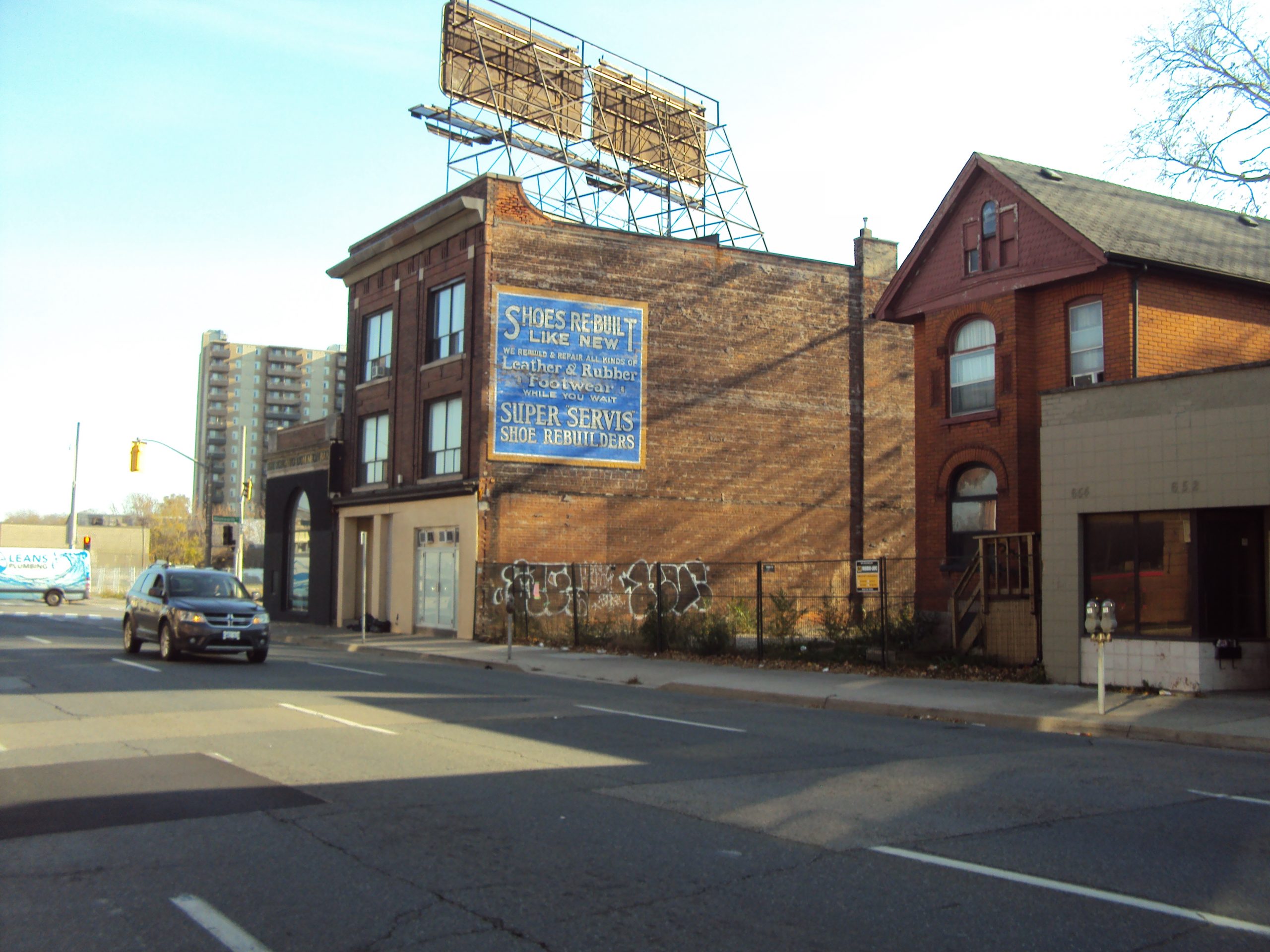

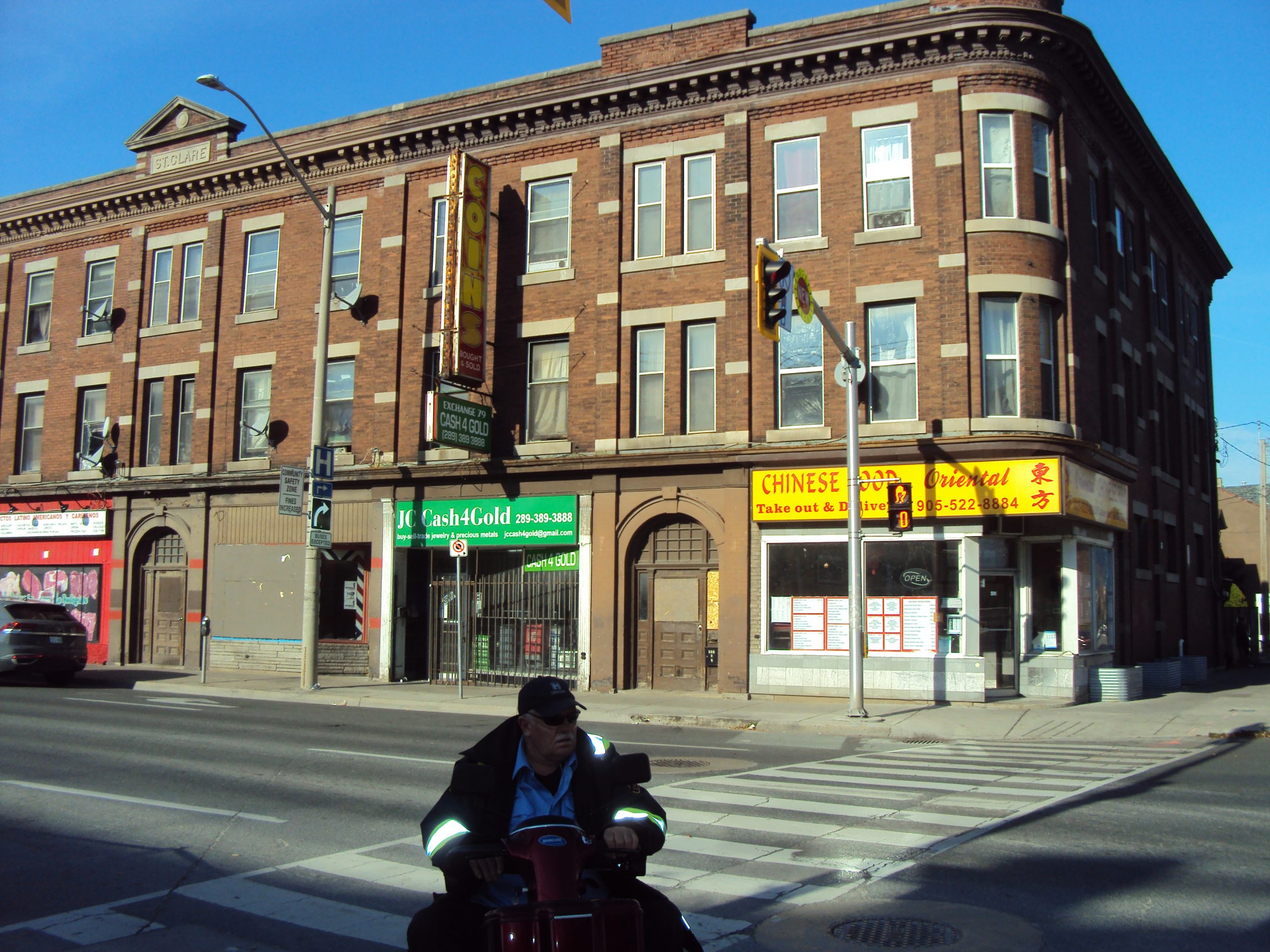
Comments are closed.